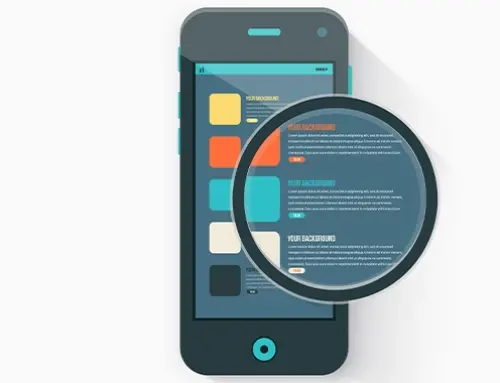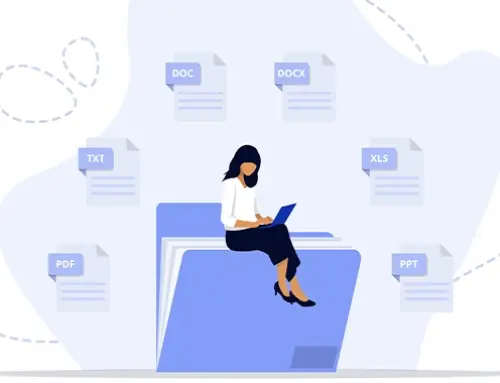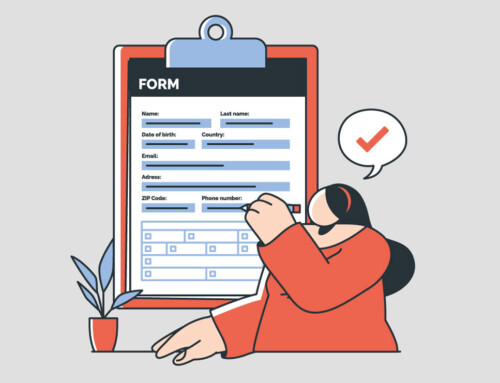Contents
Introduction
A business is not a business without clients. Regardless of the size of your law firm, the last thing you want is to lose a client. In this article, we’ll go into detail about nine strategies that can help you retain clients and keep them coming back for more – without fail!
Step 1: Identify Your Retention Metrics
The first step to improving your client retention is to identify your current metrics. What are they, and how do you measure them? This can be done by measuring one or more of the following:
- Client satisfaction
- Customer service call volume (or lack thereof)
- Number of clients who leave for a competitor
Step 2: Ask Your Client What They Want
When it comes to client retention, the most important thing you can do is ask your clients what they want. The more you know about their needs and wants, the easier it will be for you as a business owner to provide them with valuable services that make their life easier.
Asking questions like “What do we need from each other?” or even just simply asking if there’s anything else that would make working with you better for them through Client Intake Forms is a great way to start understanding their expectations.
Step 3: Create a Client Experience Team
A client experience team is a group of people who are tasked with creating and maintaining relationships with your clients. This includes everything from responding to inquiries and requests, making sure they’re happy with their service(s), finding ways to give them better experiences, etc. You can have one person on this team or several–the more people involved in the process, the better! Make sure that person(s) can do what they need to do on their own without needing constant supervision. You can follow these rules to avoid micromanagement and burnout in your staff:
- Give them some autonomy over how they go about their work so that it doesn’t feel like micromanagement when it’s not supposed to be.
- Give them time off every once in a while so they aren’t always chained down by work. Make sure everyone knows what’s expected of each other before starting anything new or different;
- keep communication lines open throughout all stages of development.
- Don’t forget: every client has different needs! Be flexible enough so everyone feels comfortable asking questions along the way.
Read more: How to Build Stronger Relationships with Clients
Step 4: Use Surveys to Track Client Satisfaction
Once you’ve implemented the first three steps, it’s time to start tracking your client satisfaction. If you’ve been doing the work outlined above, then you will already have a solid idea of how happy your clients are with what you’re providing them. However, there is a difference between knowing something and being able to prove it, and this is where surveys come in handy.
Surveys are one of the best ways to track client satisfaction because they allow businesses to collect customer feedback in an easy-to-understand format that can be used for future improvement or analysis purposes. The best part? Surveys don’t have to cost anything! There are plenty of free survey tools out there; just make sure they’re easy enough for even non-techies so everyone can participate without getting frustrated by complicated questions or instructions.
Step 5: Get Social
Social media is a great way to stay in touch with clients and potential clients. You can use it to share information about your firm, like articles, blog posts, and videos. You can also engage with clients, answer questions, and provide helpful tips.
A good example of this type of social media strategy is the marketing firm Hubspot’s “Inbound Marketing” blog series on LinkedIn Pulse (a platform similar to Medium). The company publishes a new post every day that provides an overview of its services along with tips on how readers can improve their marketing efforts through inbound strategies.
Step 6: Set Up Recurring Billing Agreements
You can set up recurring billing agreements with your clients by using a service like Square, which allows you to take credit card payments through their app or website and also create invoices. This is especially helpful if you have multiple clients who need to be billed regularly, as it will save you time from having to manually send out invoices every month or week (and having them pay them). You can also use this tool if one client needs more than one type of service from you–they may need social media management services on top of SEO work, for example–and want those things bundled into one monthly fee rather than paying two separate bills every month!
This step is important because it helps ensure that both parties are satisfied with their arrangement; by setting up automatic payments through Square, both parties know exactly what’s going on without having any surprises come up later down the line when an invoice arrives unexpectedly in someone’s inbox without warning.
Need an automated billing software? Click Here!
Step 7: Start Using More Technology-based Services
Technology can help you be more efficient and effective, but it’s also a great way to make it easier for clients to do business with you.
For example, if your business is heavily reliant on email communications with clients, consider using tools like Boomerang or Runsensible (or other tools like them) that will automatically organize incoming emails so they don’t clutter up your inbox. This will allow you to focus on higher-priority items rather than spending time sorting through dozens of messages each day before finding the ones that need attention.
Similarly, if certain tasks require lots of manual labor — like answering phone calls from prospective customers or scheduling meetings between salespeople and potential clients — consider Automating those processes as much as possible. For example, if someone calls about setting up an appointment but is only available during office hours (which are inconvenient for both parties), use technology such as Runsensible’s Calendar or Microsoft Office 365 Planner so both sides know exactly when their schedules align without having any back-and-forth discussions about availability required beforehand!
Step 8: Improve Your Website and Content Marketing Strategies
Now that you’ve got the basics down, it’s time to start thinking about how you can improve your website and content marketing strategies. This is where things get fun!
- Make sure your website is mobile-friendly – Your site needs to look good on any device–that means smartphones, tablets, laptops, and desktops alike. If people can’t find what they’re looking for quickly and easily on their phones or tablets, then they might just leave without ever coming back again.
- Include a blog on your site – Blogging helps build trust with potential clients by showing them that you’re knowledgeable about what you do; plus it allows them to see how well-written your writing skills are before working with you.
- Use social media channels – like Facebook and Twitter as well as LinkedIn Groups (if appropriate) to share valuable information related specifically to retaining clients.
- Use video marketing tactics – such as YouTube videos explaining common problems faced by businesses in similar industries/niches along with tips & tricks about solving those issues effectively so potential customers know exactly what kind of results they can expect from hiring someone like you!
Step 9
- Create a retainers program or other subscription-based legal service plans – Retainers programs and other subscription-based legal service plans are a great way to retain clients. They’re also a great way to get new ones because they allow you to offer your expertise on an ongoing basis, rather than having to wait for someone who needs help right now.
- Offer free consultation and evaluation – If you don’t want to offer retainers but still want your clients to come back for more work (and therefore keep them as happy customers), consider offering free consultations and evaluations or even alternative services like document scanning, recording of phone calls and depositions that have limited demand but will keep clients coming back over time because they see how valuable it is for them as small businesses owners (and therefore capture all their legal needs through you).
- Offer an alternative service – like document scanning, recording of phone calls and depositions, etc. that has limited demand but will keep clients coming back to you over time because they see how valuable it is to them as a small business owner (and therefore they can capture all their legal needs through you).
Conclusion
To ensure that you can retain your clients, you need to have a good retention strategy. If you don’t have one, then your chances of losing clients will increase exponentially. Once you have a good retention strategy in place, then it becomes easier for you to retain clients because they will know what they are getting from working with you and they won’t want anything else.
The strategies we’ve outlined above are some of the most effective ways of making sure that your customers stay with their current provider or switch over permanently (if they were considering doing so). By following these strategies and implementing them into your business model as soon as possible, there’s no doubt that they’ll help improve customer satisfaction levels while reducing churn rates at the same time!
With these strategies, you can retain clients without fail. If you have any questions about how to implement them in your practice, we’re here to help!
Disclaimer: The content provided on this blog is for informational purposes only and does not constitute legal, financial, or professional advice.







